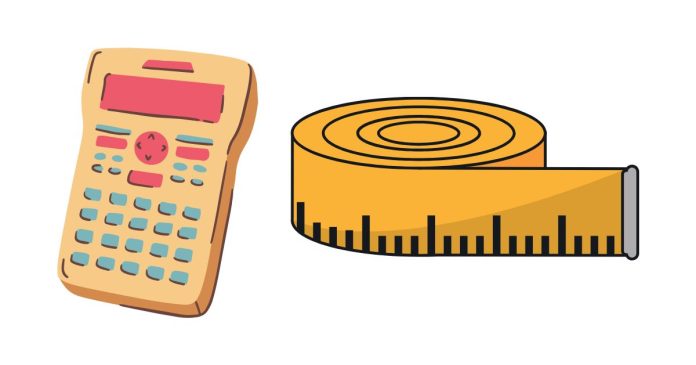How to Convert 1 mm to Meters Using Scientific Notation
Converting millimeters to meters is a simple process, but using scientific notation can make it even clearer, especially when dealing with very large or small numbers. Let’s walk through how to convert 1 millimeter (mm) to meters (m) using scientific notation.
Step 1: Understand the relationship between millimeters and meters
In the metric system, there are 1,000 millimeters in a meter. This means:
1 mm=11,000 m1 \, \text{mm} = \frac{1}{1,000} \, \text{m}
or equivalently:
1 mm=10−3 m1 \, \text{mm} = 10^{-3} \, \text{m}
Step 2: Express the conversion in scientific notation
To convert 1 millimeter to meters, you divide by 1,000. Using scientific notation, the result is:
1 mm=1×10−3 m1 \, \text{mm} = 1 \times 10^{-3} \, \text{m}
Why use scientific notation?
Scientific notation simplifies calculations and the representation of very small or very large numbers. It’s particularly useful in fields like physics, engineering, and mathematics, where precision and clarity are crucial.
Final Answer
The conversion of 1 millimeter to meters using scientific notation is:
1 millimeter is equal to 1×10−31 \times 10^{-3} meters.
So, the answer is 1×10−3 m1 \times 10^{-3} \, \text{m}.
By understanding the basic relationships in the metric system and practicing scientific notation, you can make conversions like this effortlessly.


